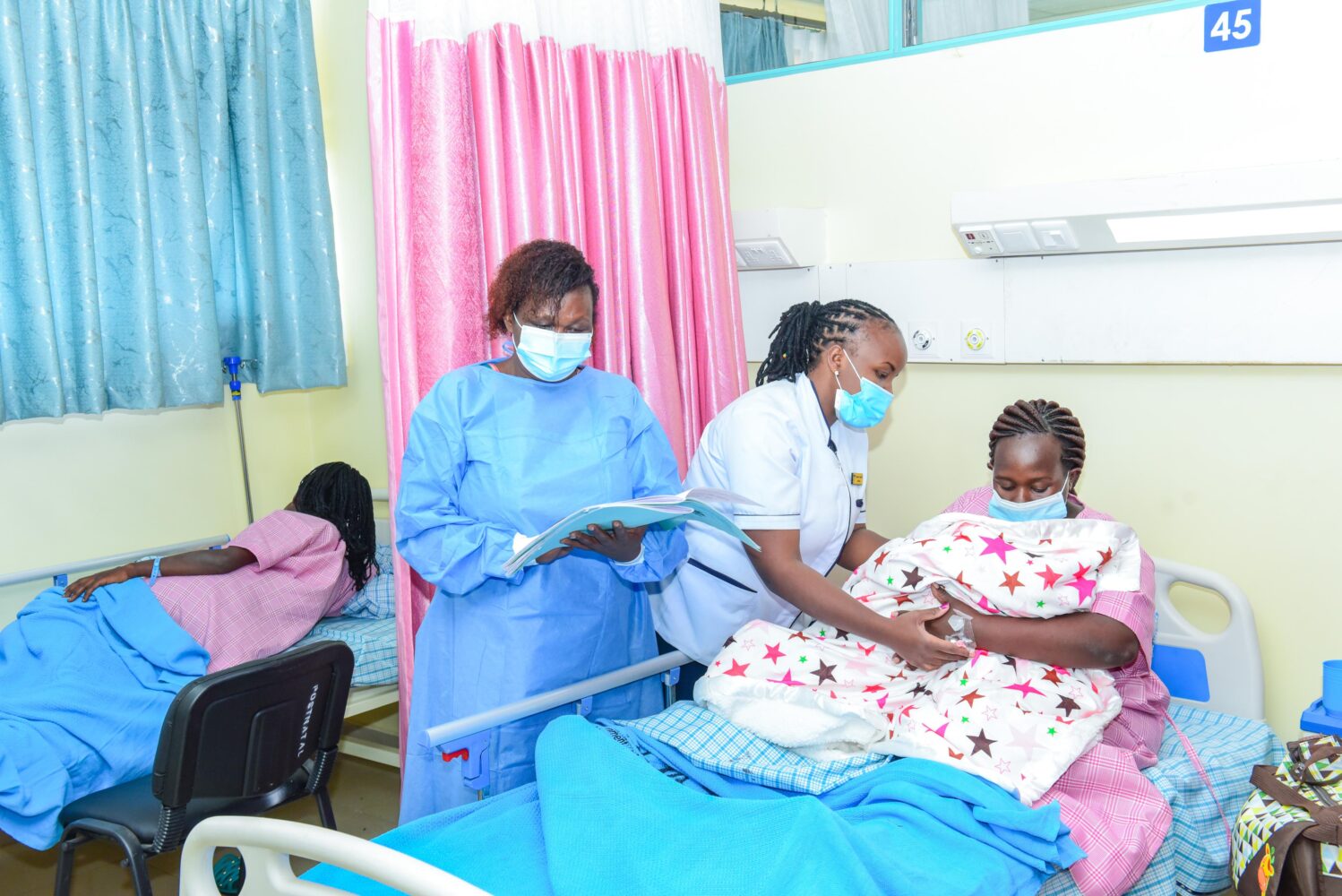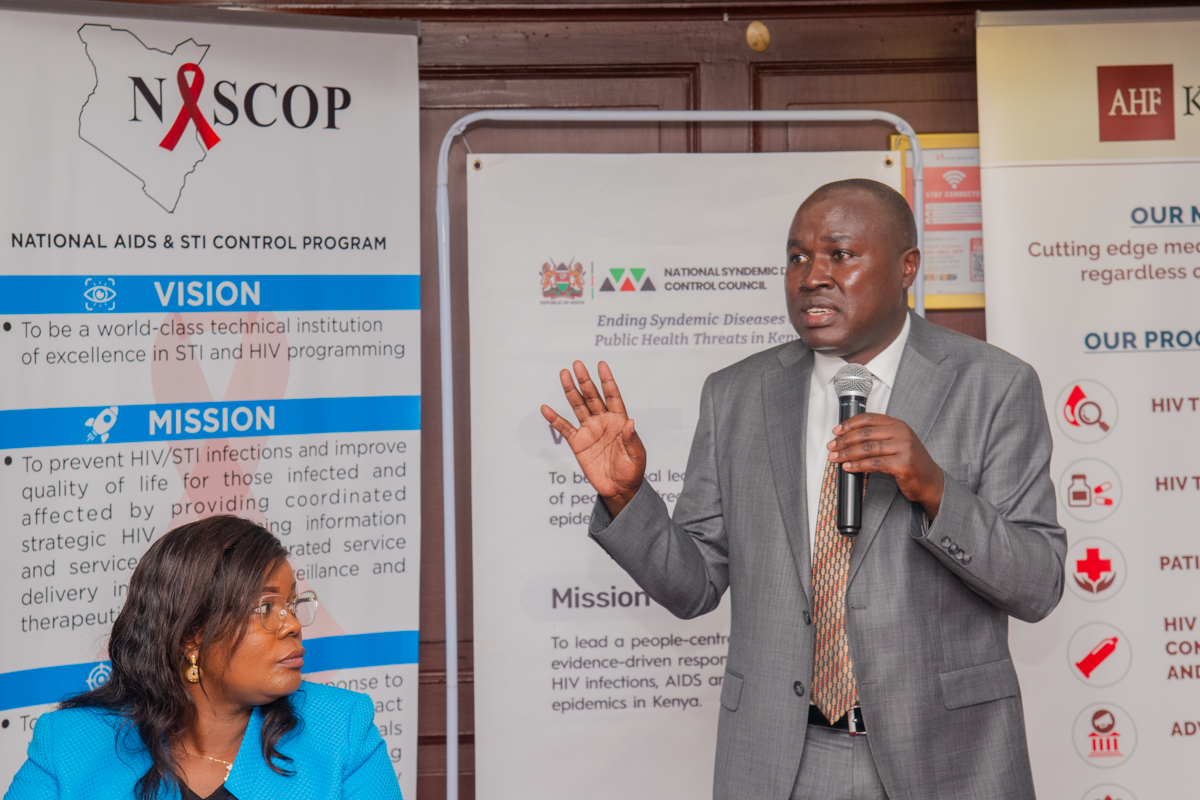Kirinyaga County has made one of its most significant health progress in recent years, with recent data showing a sharp rise in antenatal coverage and a drop in maternal deaths.
Governor Anne Waiguru says that antenatal attendance has risen from 45% to 63% while maternal mortality dropped from 88 to 55 per 100,000 live births in the last eight years.
She described the two shifts as clear evidence that mothers are “receiving care earlier, more consistently and with stronger emergency support when complications arise.”
Waiguru said the county has also made gains in reduction of the number of children who die within 28 days of birth, with latest data showing a decrease from 26 to 10 deaths in every 1000 live births.
“The improvement in maternal mortality has placed Kirinyaga among counties with the strongest improvements in survival of mothers during births,” she said.
The Governor said health sector reforms rolled out since 2017 have reshaped access to pregnancy and childbirth services across the county marking a safer and more confident journey for mothers across the county.
“Skilled birth attendance proportion of mothers delivering in a health facility have improved from 87 to 92% while percentage of children fully immunized by 12 months improved from 81 to 91%,” Waiguru said.

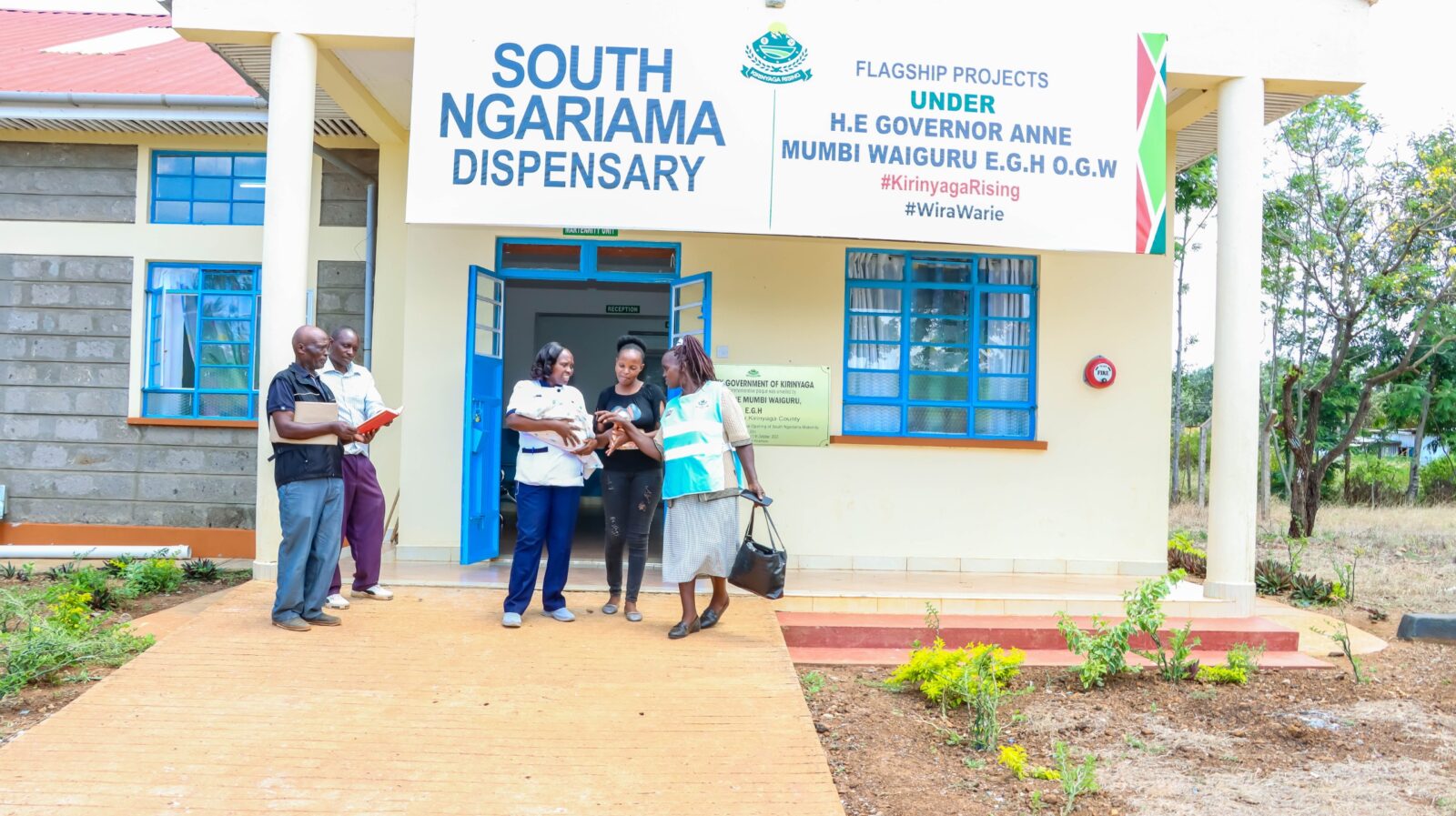
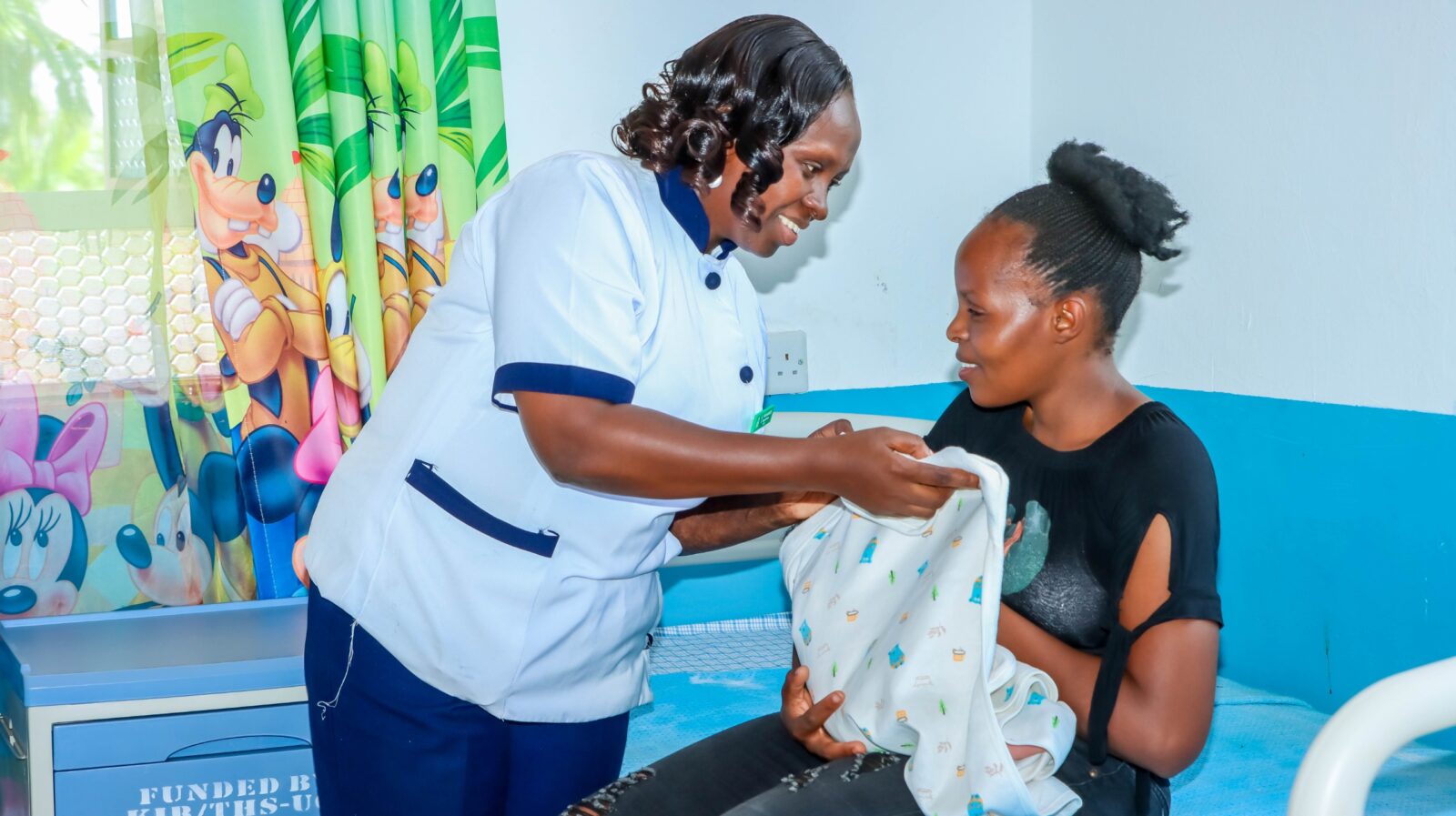

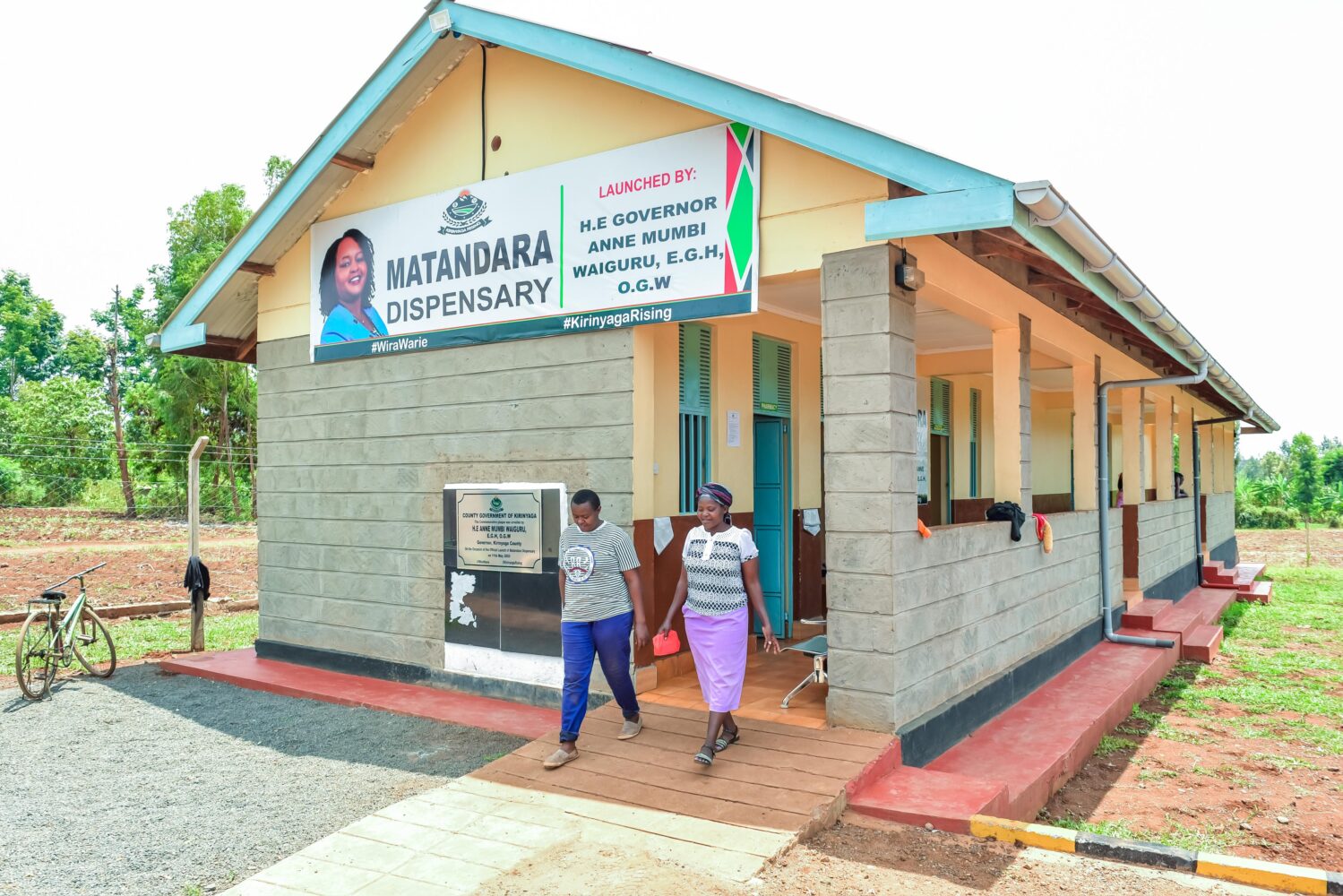
The Governor said the rise in antenatal coverage means that more women are completing the recommended four visits during pregnancy.
“We have deliberately strengthened the primary healthcare system to ensure that women access skilled care throughout pregnancy. We have expanded services, equipped our facilities, and ensured our mothers receive the kind of attention that protects both life and wellbeing,” she said.
The Governor revealed that the county’s investments in health infrastructure, staffing and community outreach were directly contributing to the positive trends. She highlighted the impact of improved referral systems, emergency response capacity and the expansion of maternal services at Kerugoya County Referral Hospital and other sub-county facilities
Waiguru further reported that the county had tightened monitoring and follow-up for high-risk pregnancies, a step credited for preventing avoidable deaths.
“Health workers are now able to identify danger signs, intervene quickly, and refer mothers who need advanced care. No mother should lose her life giving life,” she emphasized, calling the progress a testament to what coordinated investment can deliver.
She said the gains stem from faster ambulance response, better-equipped hospitals and stronger referral systems.
“Transfers now take less than 40 minutes, and that speed is saving mothers facing severe complications,” Waiguru said.
She reported that upgrades at Kerugoya County Referral Hospital among them a stronger blood centre, piped oxygen, a modern maternity wing and specialist care have drastically improved outcomes.
According to the Department of Health, the recruitment of over 150 additional health workers and refresher training in maternal care have also boosted survival rates.
Waiguru said the progress in healthcare is further rooted in expanding health facilities closer to the grassroots. She recalled that the county had only 65 operational facilities in 2017, a number that will soon rise to 85, with operationalization of about eight other new medical facilities.


